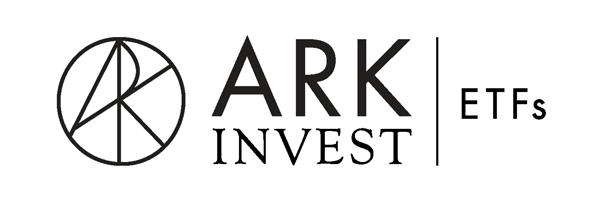The late Jack Bogle was never a fan of exchange-traded funds (ETFs) and if he was alive today, would no doubt be horrified at some of the strategies being offered through the wrapper.
Bogle, who famously turned down the opportunity to partner with Nathan Most – the original inventor of the structure – in launching the first ETF, always warned investors to ignore the “siren song” by which active managers played the same old tune of charging high fees while failing to deliver outperformance.
As Bogle once remarked: “Do not look for the needle in the haystack. Just buy the haystack!”
However, the dominance of a few large players such as BlackRock and Vanguard in the core market cap-weighted ETF space has forced smaller issuers into more esoteric parts of the market. In other words, the need for innovation has fuelled an arms race in new ideas.
One of these areas is active ETFs. According to data from Bloomberg Intelligence, there are 45 active ETFs in Europe with approximately $15.8bn assets under management (AUM), a tiny proportion of the $1.5trn market but one that is growing rapidly.
The most famous of these active managers is ARK Investment Management founder, CEO and CIO Cathie Wood, who runs a suite of active ETFs in the US that invest in high growth tech stocks.
The performance of Wood’s Ark Innovation ETF (ARKK) in recent years has been nothing short of outstanding with the strategy delivering 149% over the 12 months which earned her the nickname ‘Money Tree’ in South Korea.
However, these returns have been all but given back and some this year following the tech rout and Wood’s exposure to some of the more growthy of the names. Despite her outlandish forecast that ARKK will deliver annualised returns of 50%, it has plummeted 53% so far this year, as at 30 May.
This highlights the potential risk of overpaying for active managers that do not have the answers to delivering consistent performance over the long term.
One only has to glance at S&P Dow Jones Indices’ SPIVA scorecards to understand why investors have their work cut out in picking the right active manager, even if their strategy is an ETF.
The 2021 scorecard, for example, found 82.4% of US equity managers underperformed the S&P 500 with this number jumping to 94.7% over a 10-year horizon while 66.2% of emerging market managers failed to outperform over the same 12-month period.
This is not to say there are some markets where active managers can take advantage of inefficiencies a market has to offer. UK small caps is one glaringly obvious place to highlight with 73.4% of managers outperforming the S&P United Kingdom SmallCap index over the past five years.
As always, the situation is far more nuanced and very much depends on which market investors are looking towards for their exposure, however, for ETFs to thrive, they must avoid mutating into the exact issue they were created to address; complex, high-fee strategies that consistently underperform in the long term.
This article first appeared in ETF Insider, ETF Stream's monthly ETF magazine for professional investors in Europe. To access the full issue, click here
Related articles







